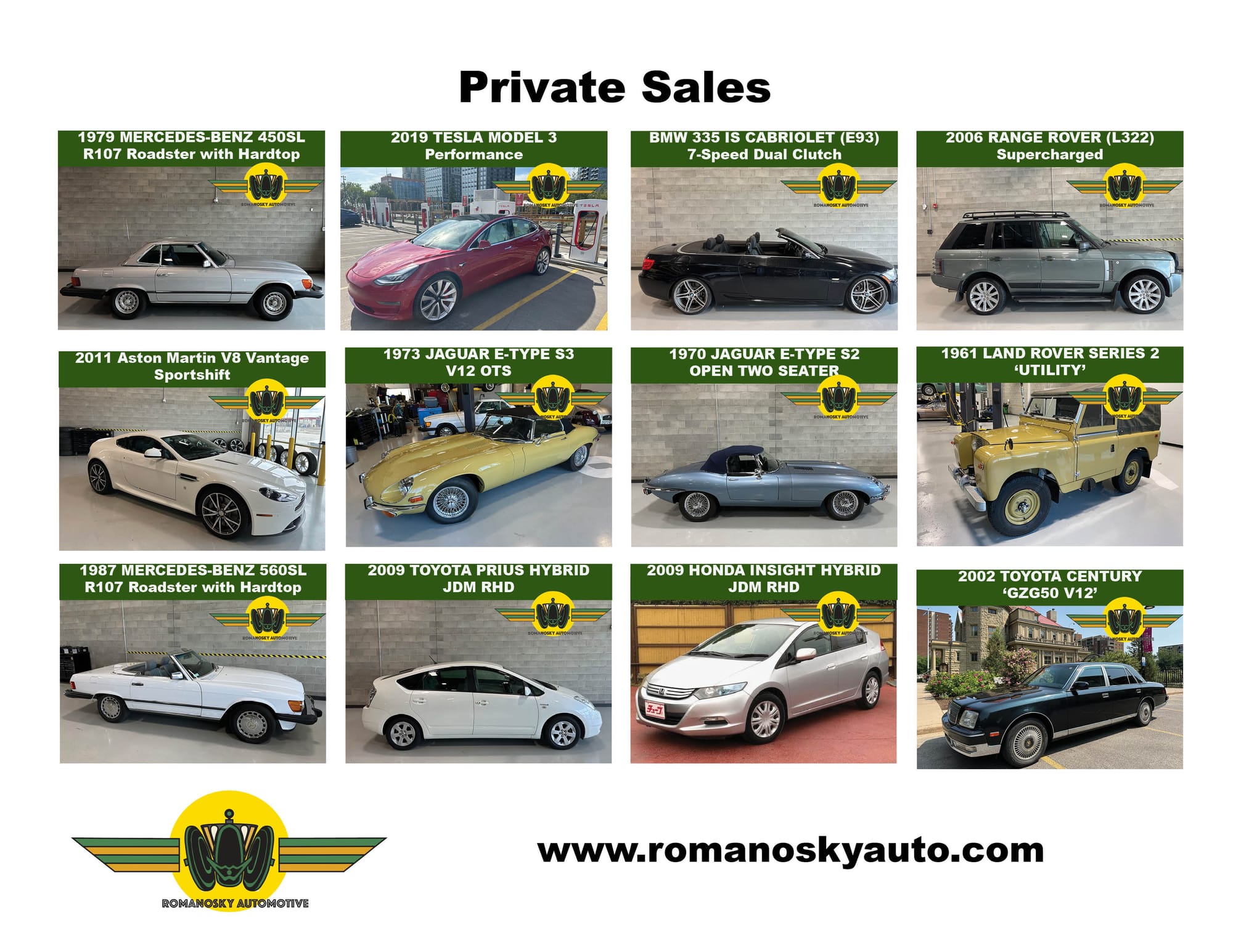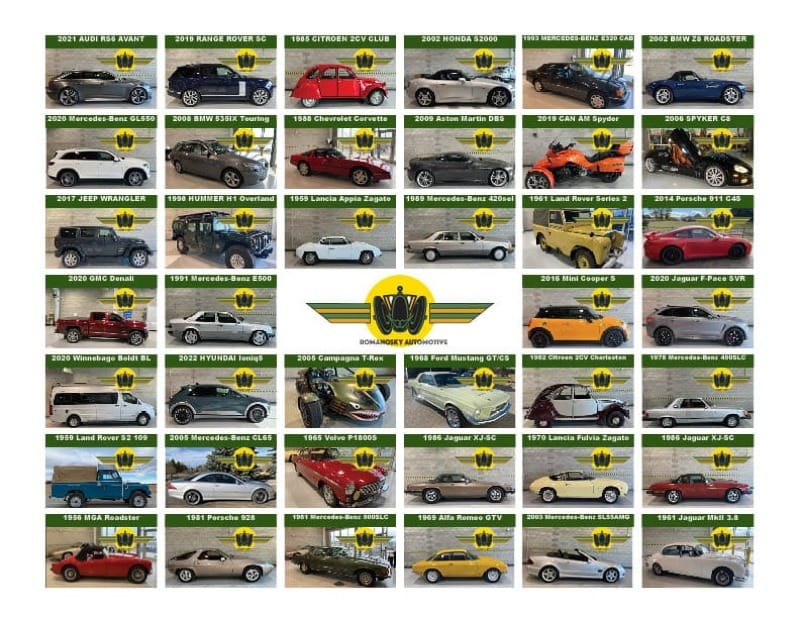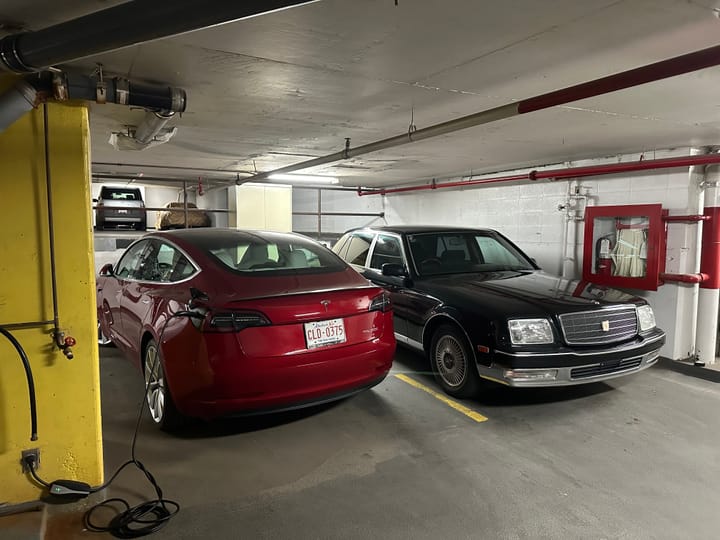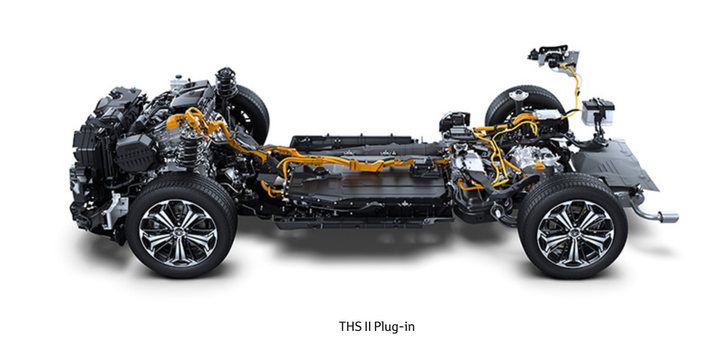Cost of Ownership: EV vs. ICE

There continues to be lots of heated debate about EVs, mostly along entrenched sociopolitical lines. Which vehicles have the lowest lifecycle GHGs and environmental footprint? Can the electrical grid handle the power requirements for EVs? Can EV batteries be recycled? How long do EV batteries last and how much do they cost to replace? Can an EV be your only car? Are EVs cheaper to own than ICE and Hybrid vehicles etc. etc. There are no shortage of studies being circulated which vary in objectivity and the legitimacy of their basic assumptions. Anybody can pull the facts/alternate facts off the internet to support their predisposed view, as is today’s reality. The truly ignorant take social media posts at face value.
Some of the answers to these questions are now reasonably certain. Batteries will likely last the service life of the car and can be recycled. Electrical grids can adapt to EV usage by incentivizing people to charge at night.
’It depends’ is answer to most everything else.
The cost of ownership of EVs vs. ICE vehicles is one example. EVs generally cost more to buy, but offer lower running costs. At some point the two lines in the cost/time graph meet and the two types of vehicle reach cost parity - higher mileage favours the EV, and lower mileage favours the ICE.
This mirrors lifecycle GHG as an EV will emit more GHG in the production stage, but emit less while in use - dependent on where the electricity is coming from. But how many years and at what mileage does it take to pay back the price premium to purchase an EV, or the incremental GHG that it cost to make it? It depends heavily on where the vehicle is being charged.
Electricity costs in Canada can vary between less than .15 per kWh for charging from home to $.92 per kWh or more for public charging: More than a 600% difference. Many people operate an EV and never pay for electricity at all because they can charge at work, or at their condo/rental that doesn’t/can’t meter and bill for power. Others charge from home and pay less than $.15 per kWh. Some have solar and reduce this to $0 but others are reliant on the DC fast charge infrastructure and pay between $.50 and $1.00 per kWh. Many will use a combination of the above. Making assumptions for an average electricity cost and using that number as a basis for a cost of ownership comparison between EV and ICE can only give a flawed result for everybody.
I have examples of an ICE, Hybrid and EV in my modest fleet. I can share what the comparison looks like for me, driving and charging in Calgary.
I have three ICE vehicles at the moment; a Toyota Prius with a 1.5L Hybrid powertrain and exceptional fuel consumption of 4.5L/100km, a Toyota Century with a 5.0L V12 that gets an average of 14L/100km and a Supercharged Range Rover that gets 16L/100km on a good day. At $1.70 for premium gasoline, this would cost $7.65, $23.80 and $27.20 respectively to travel 100km. If I drove everywhere in the Rover it would cost me over $9,000/yr in fuel alone!
My Tesla Model 3 Performance averages 16.5kWh/100km and currently costs me $0 in electricity as I plug in at my unmetered condo parking spot for free. If the condo board decided to meter the unit, they may charge me their cost at $.135 per kWh. This would cost $2.23 to go 100km. If went down the street to the Tesla Supercharger I would get charged $.70/kWh or $11.55 to go 100km.
Assuming I wind up paying to charge at my condo, the cost of me going 100km varies between just over $2 to $27. The EV is dramatically cheaper to use in the city, but the Prius would be cheaper on a longer road trip where the I would have to use public chargers in the Tesla.
Perhaps it is unfair to compare a 110hp Prius to a 475hp Tesla. I would expect something wth similar performance to the Tesla like a BMW M3 or Mercedes AMG C Class to get about 12L/100km, which would equate to over $23 to go the same distance. So the Tesla would cost a little bit more than half the amount of the combustion equivalent if using public chargers.
Comparing like vehicles, a Ford F150 Lightning electric pick up might average 30kW/100km and the gasoline version 14L/100km. Charging the Lightning at the big Electrify Canada 350kW stations would cost $.7 per kWh or $21 ($28 using Tesla’s NACS @ $.92/kW). Filling up the ICE F150 with regular gas at $1.50/gallon also comes to $21.
Because EVs generally have a single speed transmission, they get better efficiency at lower speeds. ICE vehicles have multi speed gearboxes to account for the limited rev range of the combustion engine and get better mileage at highway speeds.
No vehicle is the most efficient in winter conditions, but the EV is affected more. An ICE vehicle generates a lot of residual heat, but this comes in handy in the winter when air can be blown over a heat exchanger to warm the cabin. The EV has to make heat from electricity - for the cabin and the battery - which robs it of efficiency. Consumption in the winter may be up 25% compared to summer with an EV and only 5%-10% with the ICE vehicle.
Whatever the season, I think the picture here is pretty clear. If you can charge from home or work with cheap electricity, the EV will be substantially less costly to operate. If you have to rely on the public chargers, either because you can’t charge from home or work, or because you are driving long distances, there is comparatively little to no saving from driving an EV. The differentiator is the amount of energy you need to use - an efficient electric car may still make sense on the highway, but not an electric truck or large SUV.
Servicing costs are much less in an EV than an ICE; not only because the powertrain doesn’t require frequent fluid, filter and belt changes, but brake wear is minimal. Maintenance costs vary considerably with ICE cars and could range from $500 to $1,500 per year under warranty, and then steadily increase over time. An EV might average $500per year for its entire life. The maintenance profiles differ considerably.
As far as purchase price, it varies considerably between EVs and ICE vehicles. Making comparisons is tough. If you compare vehicles by performance EVs are a bargain and cost much less than an ICE equivalent. My Tesla Model 3 will accelerate from 0-100km/hr in a bit over 3 seconds. You would have to spend at least double the $75,000 Model 3 Performance price to get that kind of performance in an ICE vehicle.
Ford and Volvo make more-or-less the same vehicle in EV and ICE. In those cases the EV commands a $10,000 - $20,000 price premium before subsidies which apply to some of the models, but not equally in each province.
A Ford Lighting might cost about $90,000, and the comparably equipped 3.5L Ecoboost is at least $10,000 cheaper. A fully loaded Volvo EX40 EV costs about $80,000 and the XC40 ICE costs closer to $60,000.
Rebates can reduce the price of some EVs by $5,000 in Alberta, $9,000 in BC, and $12,000 in Quebec - dependent on MRSP, trim level, and personal income (BC).
The person living in the greater mainland in BC who wants a 450hp+ performance car and is cross shipping a Tesla Model 3 Performance and a BMW M3, who has parking with the ability to install an EV charger, would save $25,000 on the purchase price, $3,000 per year on fuel, and $1,000+ per year on maintenance buying the Tesla.
The person in Saskatoon who needs a truck to travel between cities in the prairies would be better off with the Ecoboost ICE version of the F150 as they could very likely spend more on electricity than they would on gasoline negating the benefit of lower maintenance costs, to say nothing of recouping the price premium. Add to that the difficulties with the public charging infrastructure and reduced range in the winter and while towing, the EV truck doesn’t make any sense at all in that scenario.
For the contractor or job site manager who can charge from the shop and use the F150 Lightning as a mobile office and portable power station for local jobs, it does make a compelling case - offering more utility for less operating cost than the Ecoboost.
This goes some way to explaining why EV sales are so variable: Under 3% in the prairies and over 20% in BC and Quebec. It also explains why any study or social media post that claims that one is better or worse than the other is over simplifying the issue - there is no one answer for everybody.
The ZEV (Zero Emission Vehicle) legislation that is proposed to come into affect in 2035 includes Hybrids that have an electric range of 80km in the definition of a ZEV. There are no plans to force anybody in Canada to buy a pure EV if it doesn't suit them.
While everything appears to be variable when comparing EV to ICE, the one constant is that consumers are likely to choose the option with the greatest utility at the lowest cost. This will ultimately be the driver of EV adoption.






Comments ()